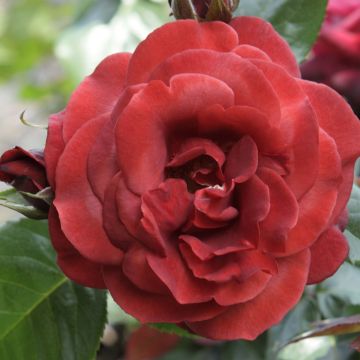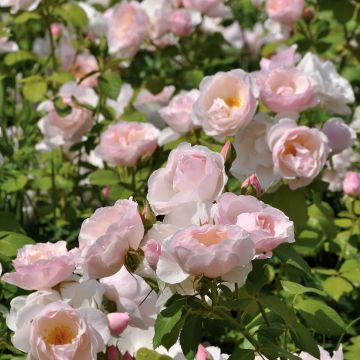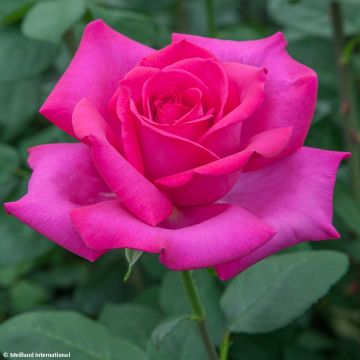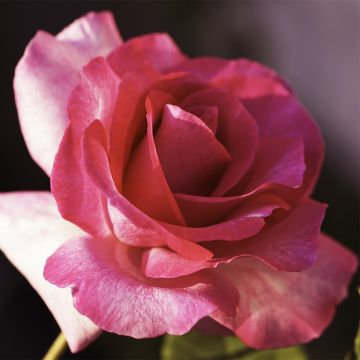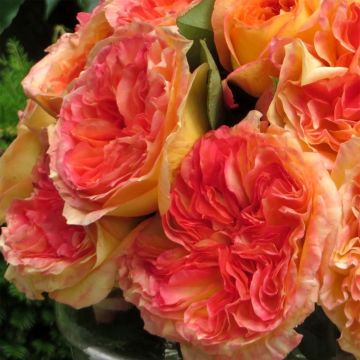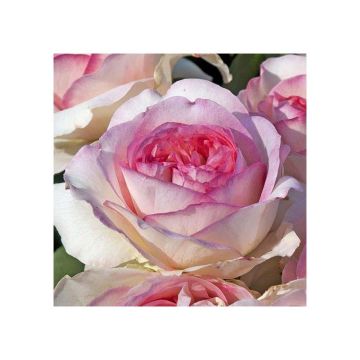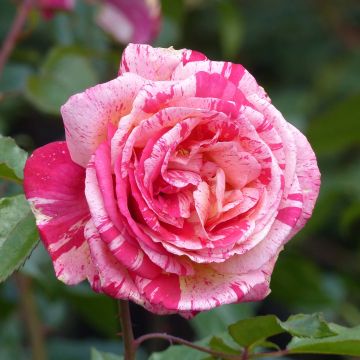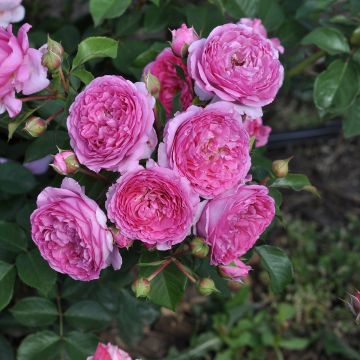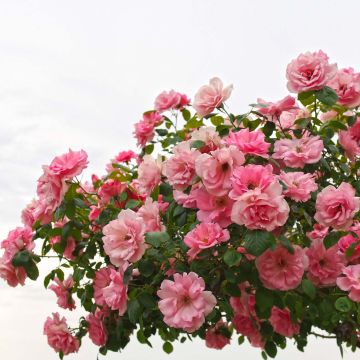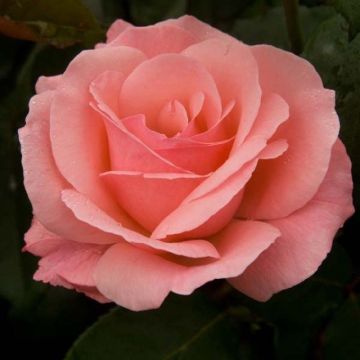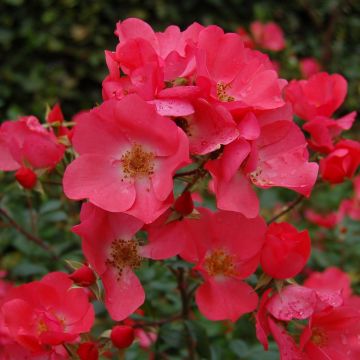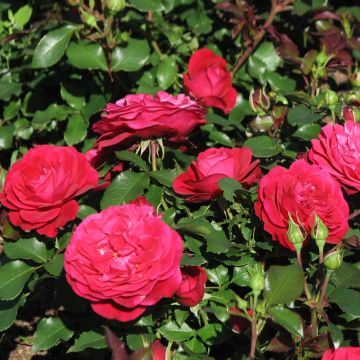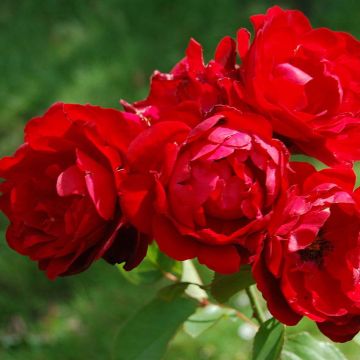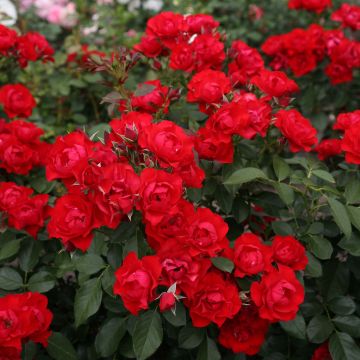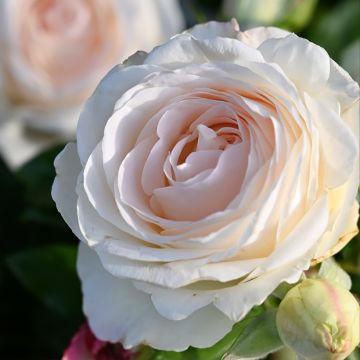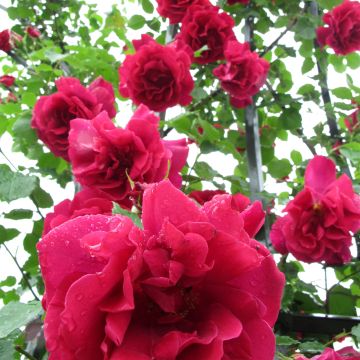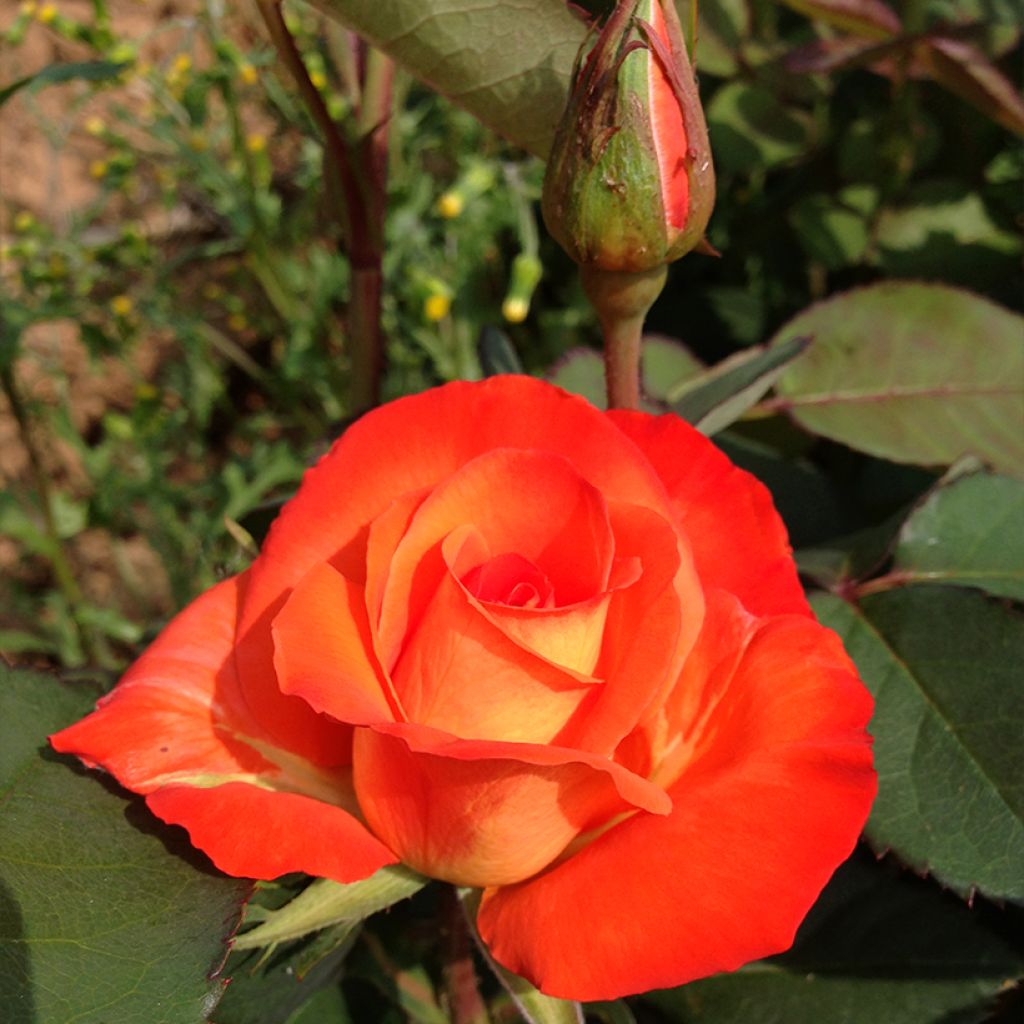

Rosa France Libre - Hybrid Tea Rose
Rosa France Libre - Hybrid Tea Rose
Rosa France Libre® Deljaunor
This item cannot be shipped to the selected country
Delivery charge from €5.90
Delivery charge from €5.90
Delivery to Corse prohibited
More information
Schedule delivery date,
and select date in basket
This plant carries a 24 months recovery warranty
More information
We guarantee the quality of our plants for a full growing cycle, and will replace at our expense any plant that fails to recover under normal climatic and planting conditions.
From €5.90 for pickup delivery and €6.90 for home delivery
Express home delivery from €8.90.
From €5.90 for pickup delivery and €6.90 for home delivery
Express home delivery from €8.90.
Delivery to Corse prohibited: UE law prohibits the import of this plant from mainland France to Corse as part of the fight against Xylella fastidiosa. Please accept our sincere apologies.
More information

Does this plant fit my garden?
Set up your Plantfit profile →
Description
The France Libre® rose 'Deljaunor', created by Georges Delbard in 1990, is a hybrid tea rose that brightens gardens with its large bright orange flowers tinged with yellow. This variety, awarded multiple times, is particularly appreciated for its excellent vase life. With a perpetual flowering period extending from May to the first frosts, this shrub is perfect for flowerbeds and borders in a sunny garden. Pick its roses to create vibrant bouquets.
Obtained in 1990 by the French rose breeder Georges Delbard, the France Libre® Deljaunor rose belongs to the group of hybrid tea roses, known for their turbinated large flowers carried by long stems. This rose is the result of a cross between an unnamed seedling and a child of 'Zambra' and 'Orange Sensation', giving it its exceptional colouring. Its bright orange petals with yellow nuances at the centre bring incomparable brightness to the garden. The plant reaches between 80 cm and 1 m in height, presenting an upright and elegant habit, perfect for structuring flowerbeds.
The full flowers of 'France Libre', emerging from elongated buds, measure 10 to 12 cm in diameter. This rose compensates for its lack of fragrance with the longevity of its cut flowers, ideal for floral arrangements. The deciduous dark green foliage enhances the flamboyant colour of the flowers. The perpetual flowering starts in May and continues until the first frosts, although this reblooming can be irregular. Resistant to cold down to -20°C, this rose shows good overall disease resistance, although black spots may appear in certain conditions, especially in humid climates.
The France Libre® rose fits well in a sunny flowerbed. Its great hardiness is an asset for temperate to cold climates and it is perfect for creating floral arrangements. In the garden, this rose can be paired with perennial blue-flowering plants such as 'Hidcote' lavender with silver foliage, 'Rozanne' geranium, or even 'Blue Giant' agapanthus. 'Walker’s Low' nepeta, with its airy habit and purple flowers, will also enhance the brilliance of this rose. Its combination with a white rose with single flowers such as 'Escimo' will be superb.
For a little history:
On 18th June 1940, General de Gaulle launched his famous appeal to the French from London, urging them to join him and continue the fight for the liberation of the country. This appeal marked the beginning of an adventure for those who would rally to London and become the heroes of FREE FRANCE. On the occasion of the 50th anniversary of this significant event, the former members of FREE FRANCE wanted to express their gratitude to the Royal Family of the United Kingdom for their support during the Second World War. Among the gestures of gratitude, the Free French association decided to offer the Royal Family a rose, a symbol of happiness and regained freedom. The chosen variety, a splendid novelty from Delbard, was to be planted in the gardens of Buckingham Palace in London.
Report an error about the product description
Plant habit
Flowering
Foliage
Botanical data
Rosa
France Libre® Deljaunor
Rosaceae
Cultivar or hybrid
Other Large-flower tea Roses
Planting and care
Plant your France Libre rose in a sunny or lightly shaded location. Modern roses are tolerant, but do not appreciate excess limestone. They will adapt to any garden as long as the soil is well worked, not too heavy, and rich. To plant your rose, work the soil well by crumbling it and putting a base fertiliser at the bottom of the planting hole, such as dried blood or dehydrated horn. Water generously after planting to remove air pockets. Water regularly for a few weeks to facilitate rooting. Avoid cutting too short during the first two years.
Pruning modern perpetual roses is essential for flowering. It is done in three stages:
1. Maintenance pruning: regularly shorten the flowering branches during the season. To promote the reblooming of perpetual roses, remove faded flowers along with their stem and 2 or 3 leaves.
2. Preparatory autumn pruning: this light pruning anticipates the true spring pruning. In regions with cold winters, it is not recommended as it may weaken the bush.
3. Spring pruning: in February-March, when the buds have become shoots 2 to 3 cm long: trim the strong young branches to one quarter of their length.
Pruning always aims to clear the heart of the bush and remove dead wood, diseased branches, and weak shoots. Keep the most vigorous ones, usually 3 to 6 well-positioned branches for a beautiful habit. Always prune at an angle ½ cm or 1 cm above an outward-facing bud.
Planting period
Intended location
Care
-
, onOrder confirmed
Reply from on Promesse de fleurs
Roses by purpose
Haven't found what you were looking for?
Hardiness is the lowest winter temperature a plant can endure without suffering serious damage or even dying. However, hardiness is affected by location (a sheltered area, such as a patio), protection (winter cover) and soil type (hardiness is improved by well-drained soil).

Photo Sharing Terms & Conditions
In order to encourage gardeners to interact and share their experiences, Promesse de fleurs offers various media enabling content to be uploaded onto its Site - in particular via the ‘Photo sharing’ module.
The User agrees to refrain from:
- Posting any content that is illegal, prejudicial, insulting, racist, inciteful to hatred, revisionist, contrary to public decency, that infringes on privacy or on the privacy rights of third parties, in particular the publicity rights of persons and goods, intellectual property rights, or the right to privacy.
- Submitting content on behalf of a third party;
- Impersonate the identity of a third party and/or publish any personal information about a third party;
In general, the User undertakes to refrain from any unethical behaviour.
All Content (in particular text, comments, files, images, photos, videos, creative works, etc.), which may be subject to property or intellectual property rights, image or other private rights, shall remain the property of the User, subject to the limited rights granted by the terms of the licence granted by Promesse de fleurs as stated below. Users are at liberty to publish or not to publish such Content on the Site, notably via the ‘Photo Sharing’ facility, and accept that this Content shall be made public and freely accessible, notably on the Internet.
Users further acknowledge, undertake to have ,and guarantee that they hold all necessary rights and permissions to publish such material on the Site, in particular with regard to the legislation in force pertaining to any privacy, property, intellectual property, image, or contractual rights, or rights of any other nature. By publishing such Content on the Site, Users acknowledge accepting full liability as publishers of the Content within the meaning of the law, and grant Promesse de fleurs, free of charge, an inclusive, worldwide licence for the said Content for the entire duration of its publication, including all reproduction, representation, up/downloading, displaying, performing, transmission, and storage rights.
Users also grant permission for their name to be linked to the Content and accept that this link may not always be made available.
By engaging in posting material, Users consent to their Content becoming automatically accessible on the Internet, in particular on other sites and/or blogs and/or web pages of the Promesse de fleurs site, including in particular social pages and the Promesse de fleurs catalogue.
Users may secure the removal of entrusted content free of charge by issuing a simple request via our contact form.
The flowering period indicated on our website applies to countries and regions located in USDA zone 8 (France, the United Kingdom, Ireland, the Netherlands, etc.)
It will vary according to where you live:
- In zones 9 to 10 (Italy, Spain, Greece, etc.), flowering will occur about 2 to 4 weeks earlier.
- In zones 6 to 7 (Germany, Poland, Slovenia, and lower mountainous regions), flowering will be delayed by 2 to 3 weeks.
- In zone 5 (Central Europe, Scandinavia), blooming will be delayed by 3 to 5 weeks.
In temperate climates, pruning of spring-flowering shrubs (forsythia, spireas, etc.) should be done just after flowering.
Pruning of summer-flowering shrubs (Indian Lilac, Perovskia, etc.) can be done in winter or spring.
In cold regions as well as with frost-sensitive plants, avoid pruning too early when severe frosts may still occur.
The planting period indicated on our website applies to countries and regions located in USDA zone 8 (France, United Kingdom, Ireland, Netherlands).
It will vary according to where you live:
- In Mediterranean zones (Marseille, Madrid, Milan, etc.), autumn and winter are the best planting periods.
- In continental zones (Strasbourg, Munich, Vienna, etc.), delay planting by 2 to 3 weeks in spring and bring it forward by 2 to 4 weeks in autumn.
- In mountainous regions (the Alps, Pyrenees, Carpathians, etc.), it is best to plant in late spring (May-June) or late summer (August-September).
The harvesting period indicated on our website applies to countries and regions in USDA zone 8 (France, England, Ireland, the Netherlands).
In colder areas (Scandinavia, Poland, Austria...) fruit and vegetable harvests are likely to be delayed by 3-4 weeks.
In warmer areas (Italy, Spain, Greece, etc.), harvesting will probably take place earlier, depending on weather conditions.
The sowing periods indicated on our website apply to countries and regions within USDA Zone 8 (France, UK, Ireland, Netherlands).
In colder areas (Scandinavia, Poland, Austria...), delay any outdoor sowing by 3-4 weeks, or sow under glass.
In warmer climes (Italy, Spain, Greece, etc.), bring outdoor sowing forward by a few weeks.

































